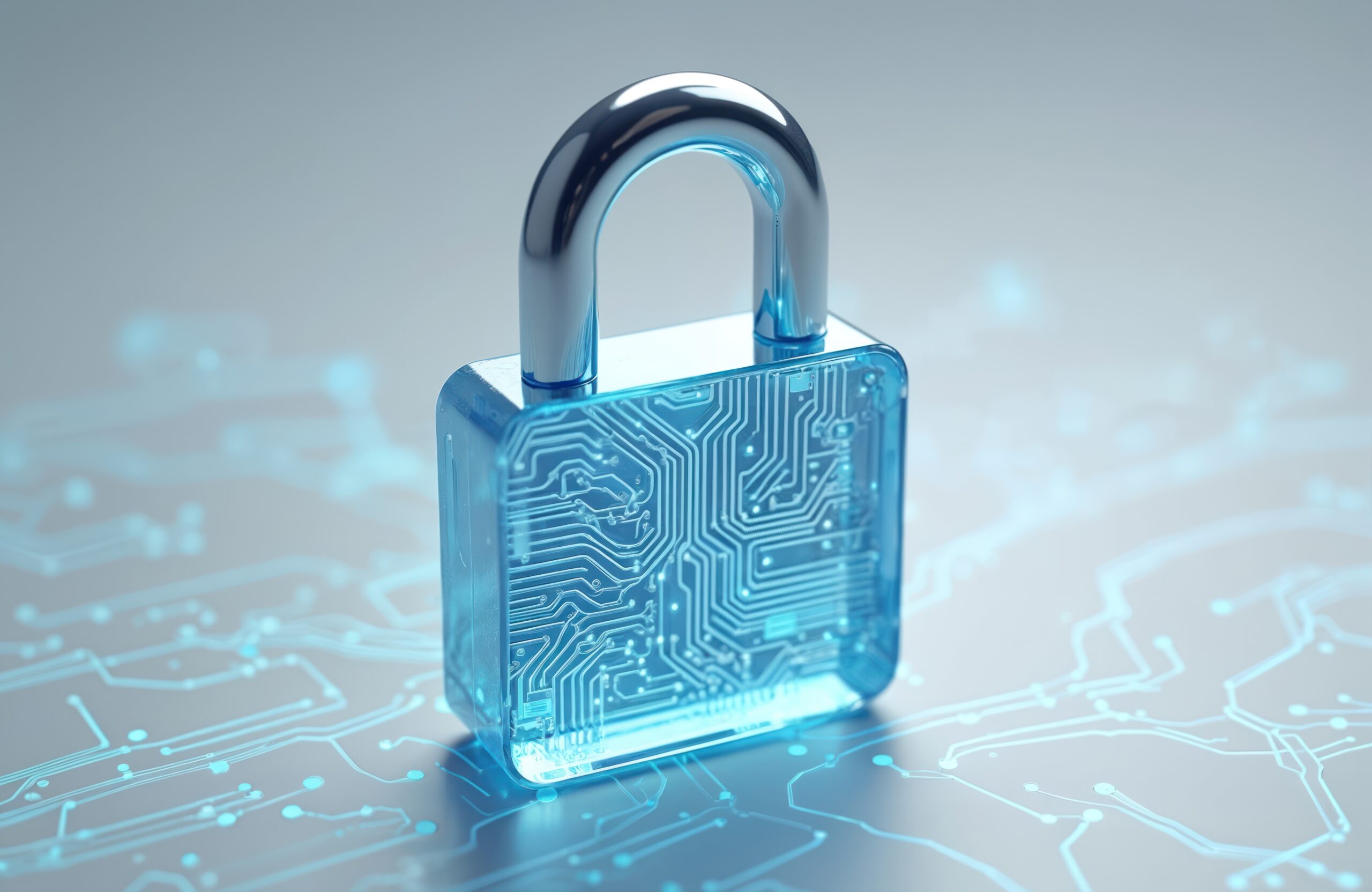In a digital-first world, fraud and scams have evolved into sophisticated threats that target not only individuals but entire organizations. From phishing emails to fraudulent invoices and cyber intrusions, these risks can drain financial resources, damage reputations, and compromise employee safety. The key to protection lies in proactive strategies backed by smart technology and a culture of vigilance.
Recognize the Threat Landscape
Fraudsters are creative, often using convincing tactics to bypass traditional safeguards. Common schemes include fake vendor requests, business email compromise, malware attacks, and social engineering that manipulates employees into revealing sensitive data. Awareness is the first line of defense—ensure teams are trained to spot suspicious activity and know how to respond.
Leverage Technology to Safeguard Operations
Advanced tools like AI-powered threat detection, multi-factor authentication (MFA), and endpoint monitoring can detect anomalies before they escalate. Implement real-time transaction monitoring for financial systems, and use encryption for sensitive communications. For physical assets, integrate smart surveillance and access controls to deter theft or unauthorized entry.
Build a Culture of Verification
Encourage employees to question and verify unusual requests, especially those involving money transfers or sensitive information. Establish clear internal protocols for approvals and reporting suspicious incidents. The more empowered your team feels to speak up, the stronger your overall defense becomes.
Stay Ahead of Emerging Risks
Fraud tactics evolve quickly. Schedule regular security audits, update software and hardware, and keep your workforce informed of the latest scam trends. Partner with trusted vendors who share your commitment to security, and review insurance coverage for cyber and crime-related risks.
By combining technology, training, and proactive processes, businesses can protect their assets, safeguard employees, and stay one step ahead of fraud. In security, prevention is always more cost-effective than recovery.

